Trading in an old iPhone always gets users a hefty discount on the price of a new one, but firms don't just do trade-ins for the sake of the planet.
True, Apple has its iPhone recycling technology, but that's for when a phone can't be reused or resold. For everything else, there are constantly changing trade-in offers — which you can track via AppleInsider.
In every case, firms naturally offer users more money in trade-in depending on the phone, its age, and its condition. Also in practically every case, though, no one from the phone maker or the carriers, to the secondhand reseller firms, will discuss the process, or the profits.
But Joanna Stern of the Wall Street Journal got just one company to show her how trade-in really works. US Mobile Phones (USMP) reportedly handled over 2.5 million traded-in phones in 2022 — and the majority were iPhones.
Stern says that firms like USMP prefer iPhones to Android. It's previously been known that iPhones hold their resale value better than Android ones, but USMP said a key reason is that Apple updates devices with the latest iOS for many years.
The journey of one iPhone
While she was at the factory, Stern picked out one 128Gb iPhone 11 from a pallet of 3,000 iPhones delivered from an unnamed carrier. Based on its condition, the owner could have got a trade-in value of around $200 from Apple.
However, this phone came via a carrier, and Stern says that typically carriers offer much more. AT&T, Verizon, and T-Mobile all would currently let a user with this iPhone 11 trade it in for an $800 iPhone 14 for free.
It isn't really for free, as the exchange of old phone for new comes with being tied in to a specific plan. It will be a multi-year plan, it will probably be of a higher price than the user's existing one, and the carrier will its money back over time.
Preparing a used iPhone for resale
According to Stern, an unknown number of phones used in trade-ins are worthless, and have to be discarded. All others go through a careful process of cleaning and preparation.
That includes ensuring no personal data is left on the phone from its previous owner. And it can also include using a toothbrush to clean debris from it.
All of which is a labor-intensive job that as yet can't be done by machines.
Reselling the iPhone
Once it went through this whole process, the 128Gb iPhone 11 that Stern picked out, went on sale for $350 secondhand. For comparison, she notes that although Apple no longer sells this model, new ones can still be bought from resellers, who tend to charge $500.
That $350 is obviously less than $500, so the end user is getting a good discount. The trade-in reseller firm reportedly gets between 10% and 15% from that $350 in profit.
The rest of the money goes in all of the cleaning, preparation, and logistics of handling secondhand phones.
It's a business that reportedly saw over 280 million secondhand smartphones sold in 2022.
So there is the recycling benefit, there is also how trade-ins make the price of new iPhones or the cost of a cell contract seem more attractive. But there is also straight profit from reselling previously-used phones.
 William Gallagher
William Gallagher

-m.jpg)





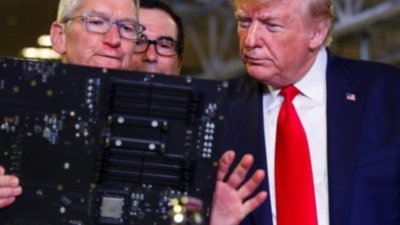
 Malcolm Owen
Malcolm Owen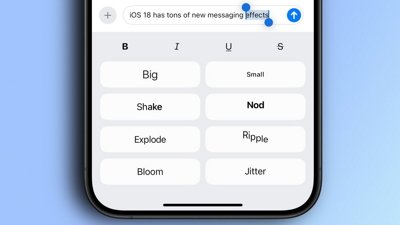
 Oliver Haslam
Oliver Haslam
 Amber Neely
Amber Neely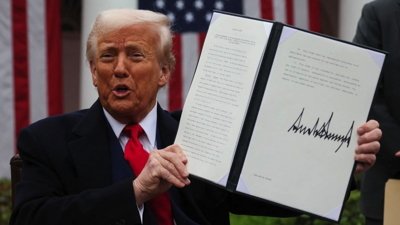
 Marko Zivkovic and Mike Wuerthele
Marko Zivkovic and Mike Wuerthele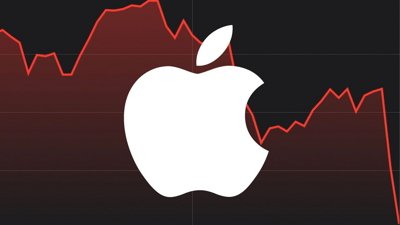
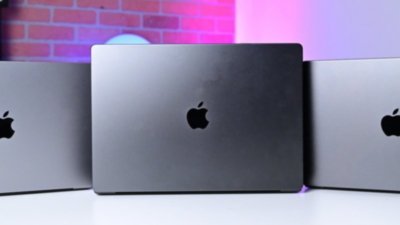
 Andrew Orr
Andrew Orr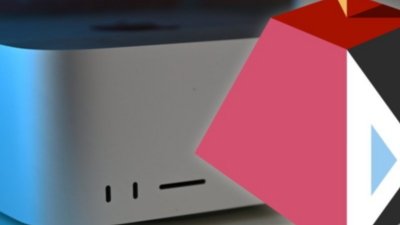
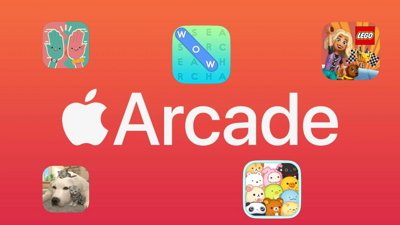

-m.jpg)
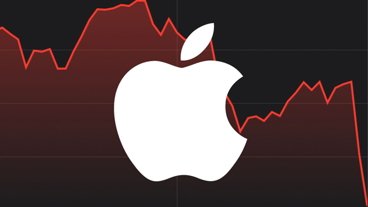







2 Comments
I will tell you that AT&T does not give you $800 for and IPhone 11, I just did with their last fall iPhone 14 deal, through the entire process they indicate you’ll get $800 against a new iPhone 14, i only got $195. It’s definitely false marketing, by making you believe you could get $800, usually I’m far more cautious and check all the details, this time I did not I when through the online process and assume i was getting $800 for my iPhone 11, when I did not I when back and look at the details. If you go through all information you’ll see deep in the details the only phone they give you $800 is for and iPhone 13, and trade in value goes down the older it is.
Here is where their deception comes in, their website says you can get up to $800 for an iPhone, they do not state a model number in their claim, when you tell what you’re trading in it still make the general claim. At no point do they provide you what they will pay you. At the end of the process they say once they receive your phone will they tell you what it is worth. Yes my phone was prefect condition iPhone 11, i take good care of my stuff, it had no scratches, was always in good quality cases.
As I said if you dig into all the details you’ll eventually find a page where AT&T shows a list for each phone and what you could get and that list shows an iPhone 11 is only worth $200 for a fully load phone.
But shame on AI for making their readers also believe this, they should have done their research and told everyone what AT&T is actually doing and their word game they are playing.